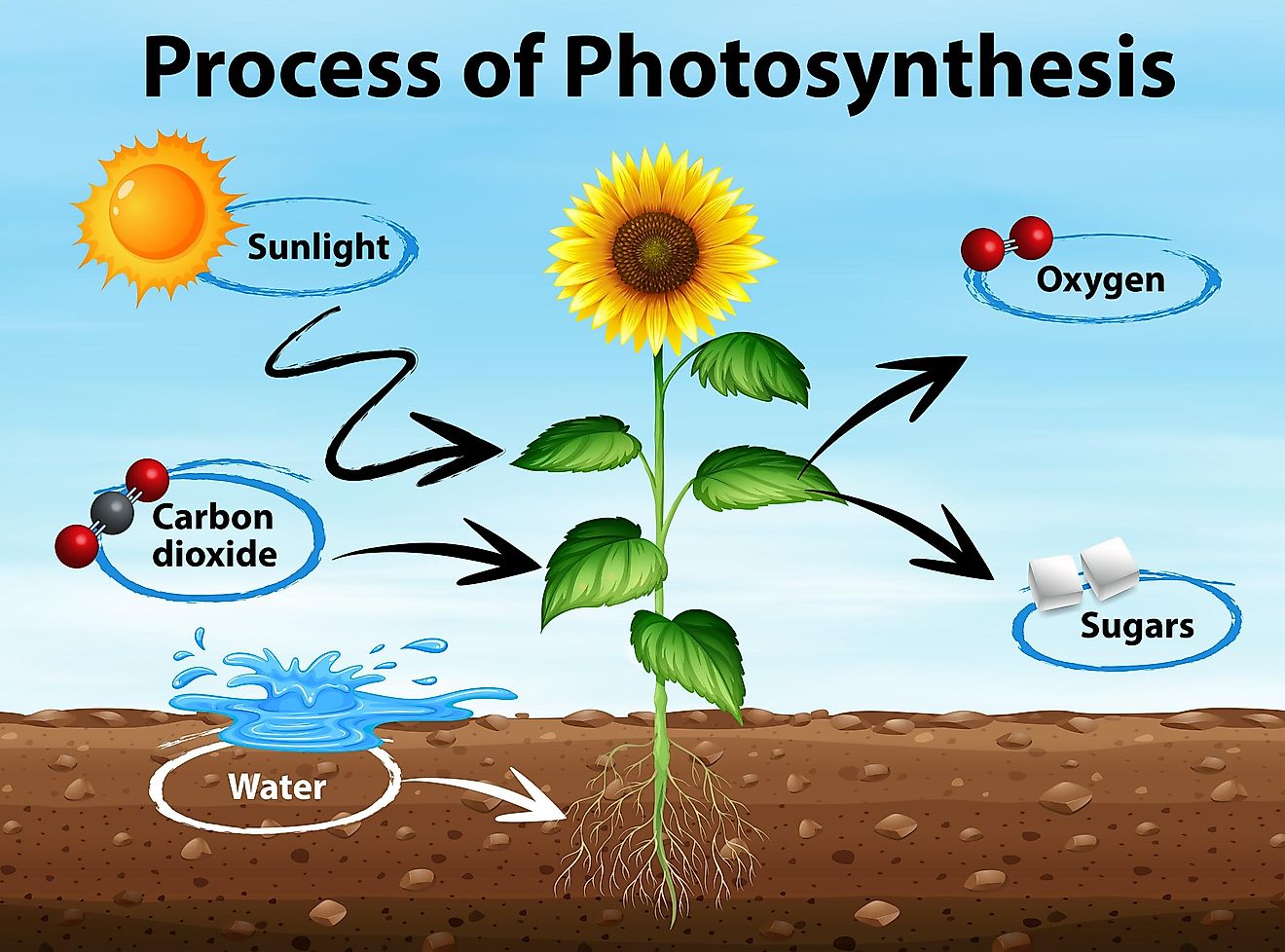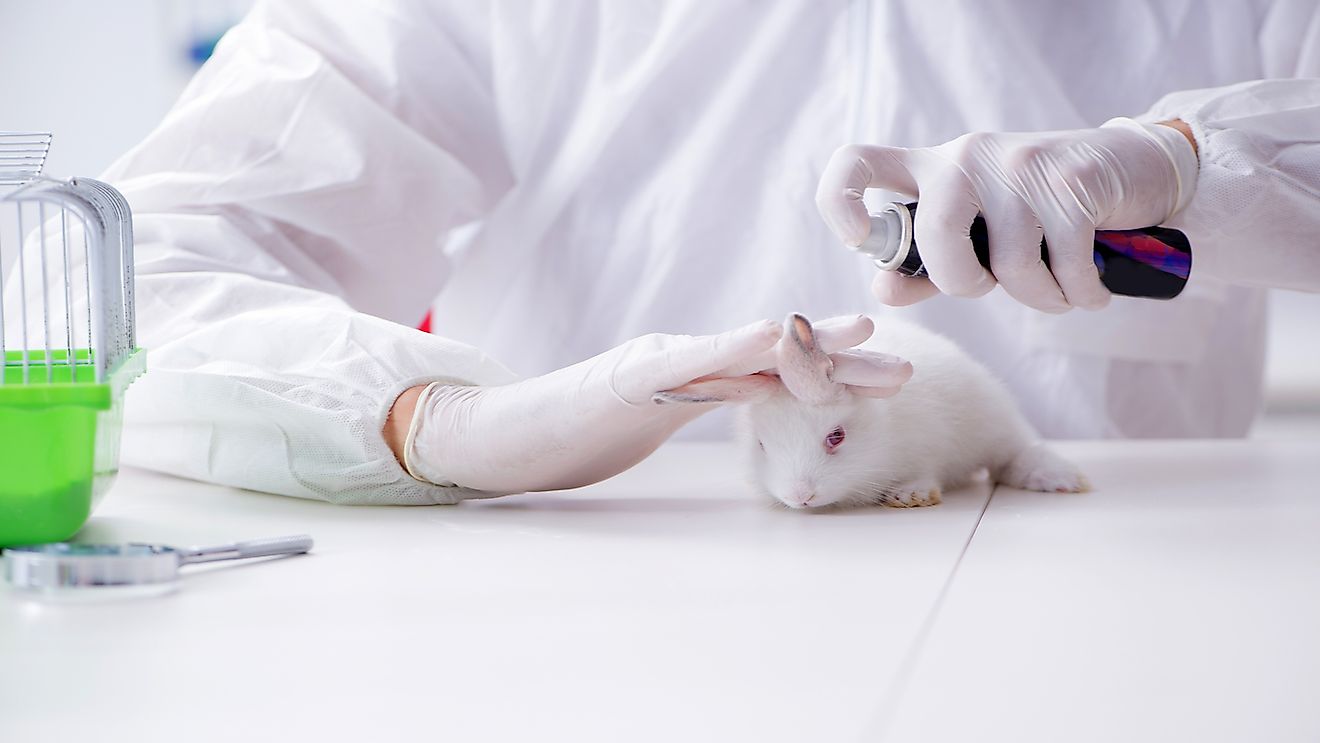Photosynthesis Explained

Photosynthesis may very well be one of the most important biological processes that happen on our planet Earth. Plants and some other specific organisms use this process to turn Sun’s energy into “food” energy that can sustain them. However, not only those types of life forms are dependent on photosynthesis – quite the contrary, as the entire planet is reliant on this superb ability. Without it, it would be rather impossible to sustain life on our blue planet. There would be no food, no breathable air or most of the living beings, except for certain bacteria.
What Does Photosynthesis Do?
During the process of photosynthesis, plants use the energy collected from a light source and synthesize it into organic material that is then used as a food source. Obviously, the sunlight isn’t the only thing necessary for plants to produce food for themselves; there’s also water and the carbon dioxide found in the air. Combining the three staples, plants, certain microorganisms and algae are able to produce glucose which sustains them.
Among the three components, a water source is sometimes a tricky thing to find, depending on the environment in which the plant lives. In that sense, most of the plant species have some sort of an adaptation to absorb and retain as much water as they can. If you think about the basic difference between plants that are typically found in desert areas, like various cacti, and moisture-loving lilies, you can immediately tell why a cactus can have lush, green leaves if it wants to retain moisture effectively.
The History of the Study of Photosynthesis
In 1771, a scientist Joseph Priestley carried out a simple experiment that has had a significant impact on the later studies of photosynthesis. After placing a lit candle in an enclosure and finding that the candle stopped burning (the oxygen was depleted but he did not understand this at the time), he inserted a small stem of mint. After a couple of days, he found that the candle is now able to burn again as a result of the mint producing the necessary oxygen.
Eight years later, a physician Jan Ingenhousz from the Netherlands, added on Joseph Priestley’s experiments and proved that in order for the elements that support burning (oxygen) to be released, the plant had to be green and have access to a light source. However, it was only at the beginning of the 19th century, specifically in 1804, that it was proven that the sum of water and carbon dioxide absorbed by the plant is equal to the oxygen released by the plant. It wasn’t until 1845 that the actual concept of light energy transforming into chemical energy is what drives plant growth.
Future Outlook
Perhaps one of the most interesting things to come out of this field is the study of artificial photosynthesis. In 2015, mimicking the natural processes, scientists were able to use nanowires to trap carbon dioxide from the air and release it into a complex structure of microbial organisms that are able to convert the gas into fuel via the process of turning light into chemical energy.
This is truly a fascinating field when we consider our planet’s ever-growing need for sustainable energy. We have almost depleted our carbon-based fuels and the scientific inquiry into creating new ways of employing processes such as photosynthesis is of great importance for our civilization’s future.











